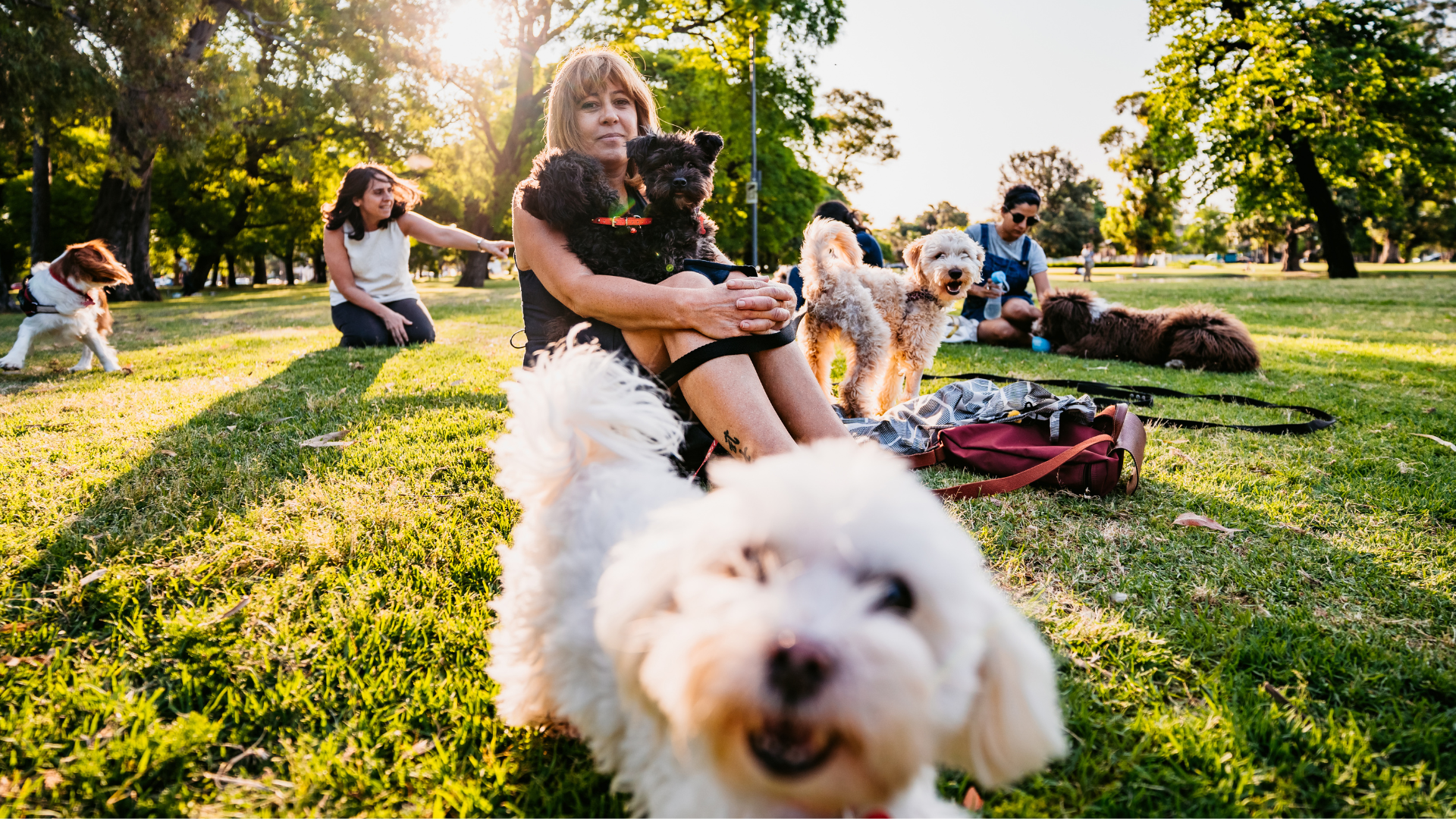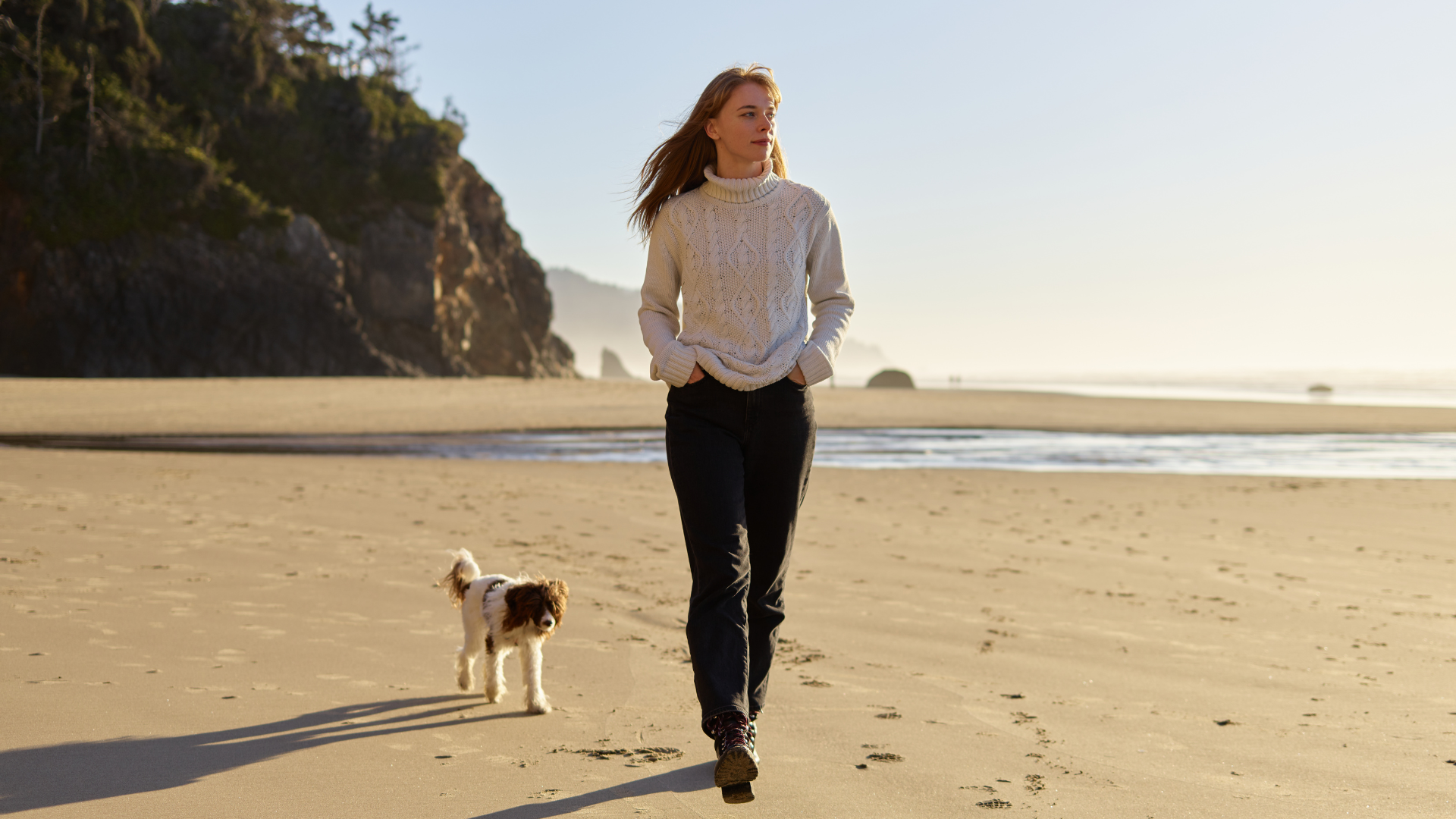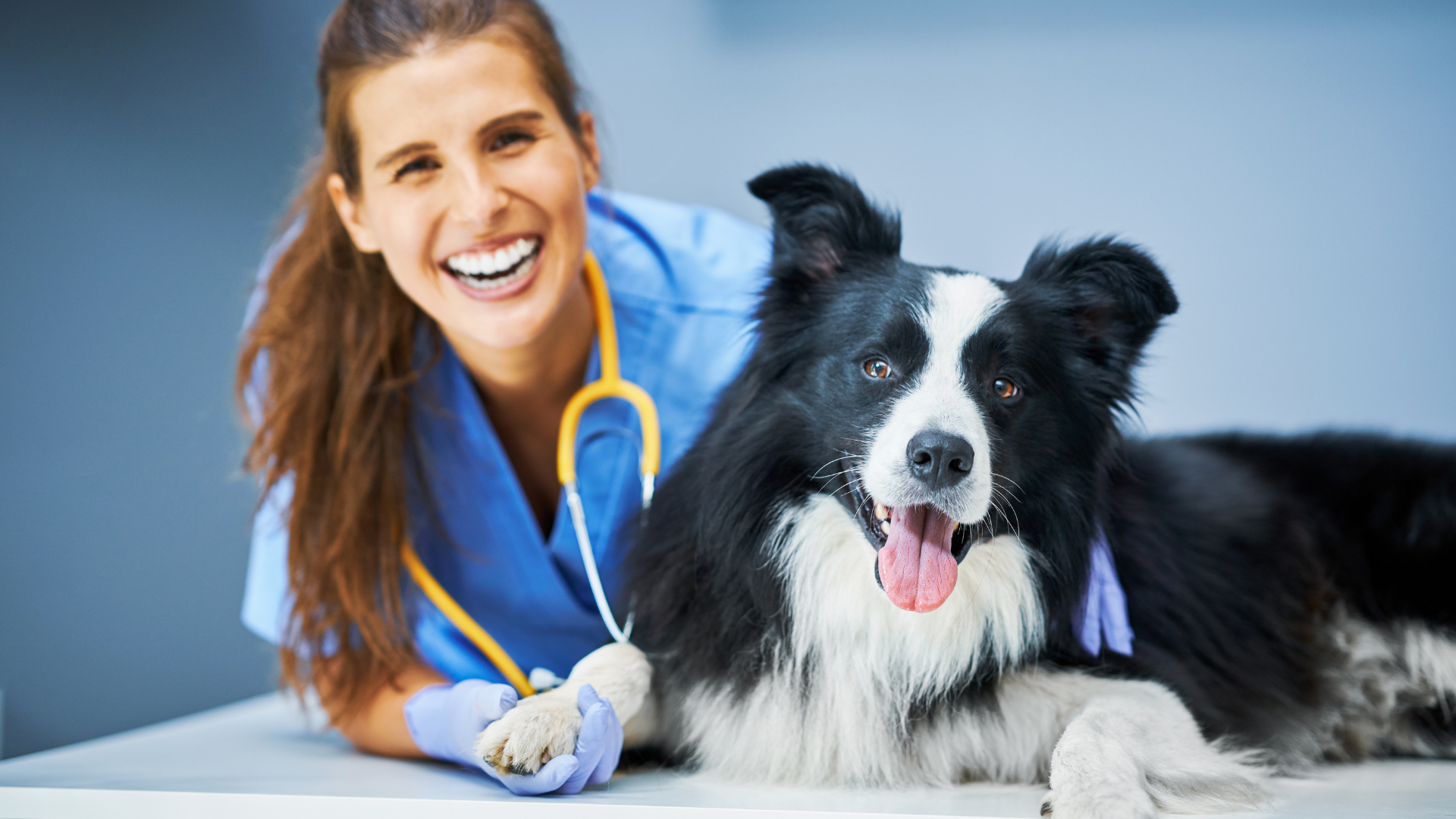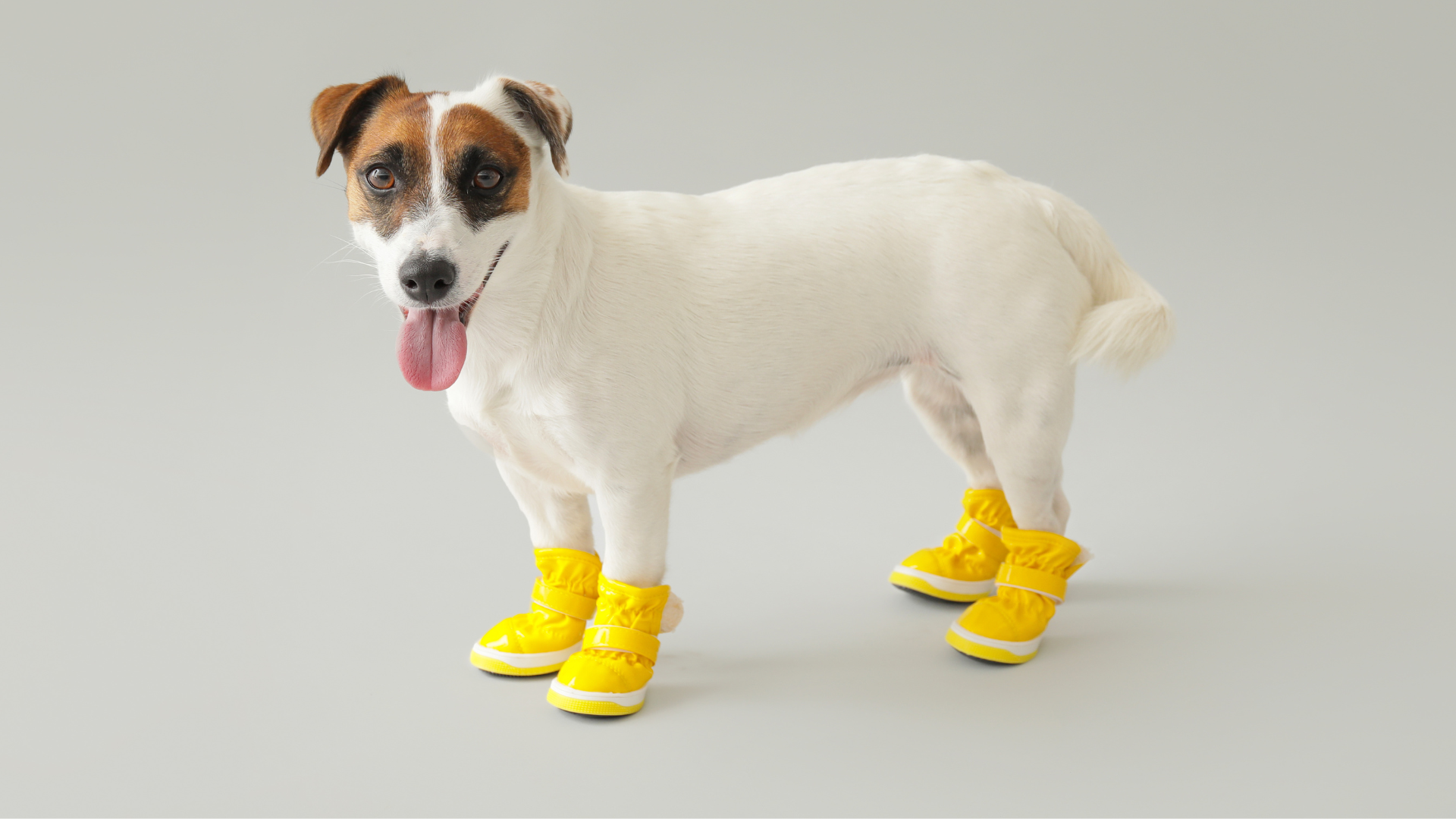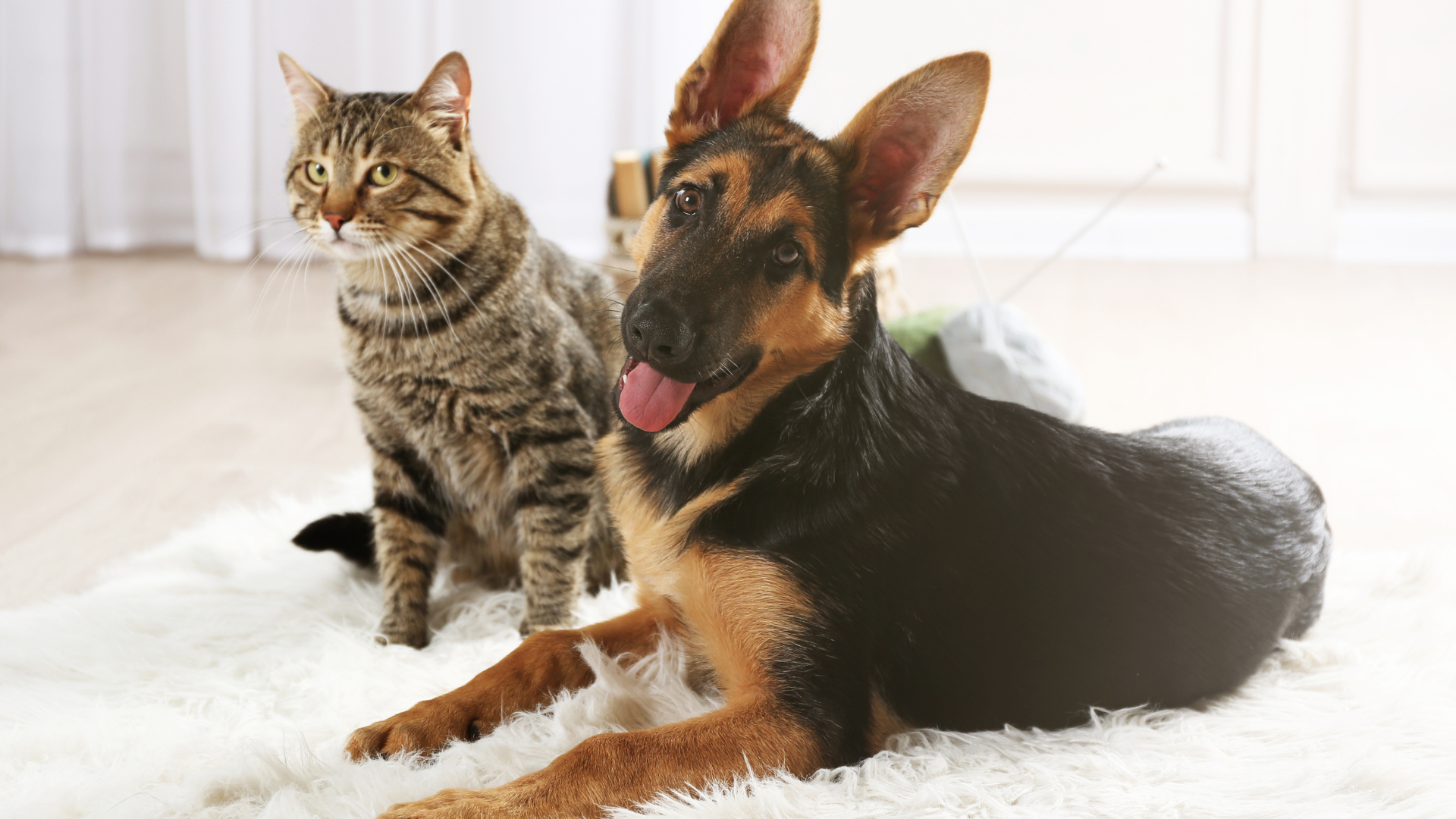Dog parks are becoming increasingly popular as more dog owners seek safe spaces for their pups to socialize, exercise, and have fun. While dog parks can be an excellent opportunity for dogs to stretch their legs, meet new friends, and burn off energy, they’re not without their risks. As with any social setting, the safety and well-being of your dog depend on various factors—from their temperament and health to the environment of the dog park itself.
In this first part of our blog, we’ll explore the benefits of dog parks, potential risks, and what you should consider before visiting one with your pup. This will help you make an informed decision about whether a dog park is the right place for your furry friend.
The Benefits of Dog Parks for Your Pup
Dog parks offer numerous advantages that contribute to your dog’s physical, mental, and emotional health. These parks are typically designed with your dog’s needs in mind, providing a safe, enclosed area where dogs can run freely without the constraints of a leash. Here are some of the top benefits of dog parks:
Socialization Opportunities
One of the primary benefits of dog parks is the chance for dogs to socialize with other dogs. Socialization is crucial for puppies, but even adult dogs can benefit from interacting with new dogs in a controlled environment. Socializing helps dogs develop proper play behaviors, such as how to approach other dogs and how to read body language, which can make them more comfortable in other social settings.
Regular interaction with other dogs can also help alleviate feelings of loneliness and separation anxiety, making your dog less anxious when you leave the house. However, it’s important to monitor their interactions and ensure they’re behaving well with others.
Physical Exercise
Dog parks are a great way to give your dog the exercise they need. Many dogs, especially those with high energy levels, benefit from the opportunity to run freely and burn off excess energy. Playing fetch, running around with other dogs, and exploring the park can provide your dog with a full-body workout that helps maintain a healthy weight and muscle tone. Physical exercise is essential for your dog’s well-being and can also reduce the likelihood of destructive behavior caused by boredom or pent-up energy.
Behavioral Improvement and Confidence-Building
Dog parks also offer the perfect environment for behavioral improvement. By regularly visiting a dog park, your dog can learn to behave in a public space with other dogs and people around. This can help reduce fear and anxiety in new environments, and can build your dog’s confidence when meeting new dogs or navigating unfamiliar situations. Over time, a well-socialized dog may show better manners in other settings, such as at the vet, during walks, or when meeting strangers.
Some dogs may also benefit from the opportunity to engage in various play activities, such as chasing balls or navigating obstacles. These activities challenge your dog’s mind and body, providing both mental stimulation and physical exercise.
What You Should Know Before Visiting a Dog Park
Before you take your dog to a park, it’s important to consider several factors that can affect the safety and enjoyment of your dog’s visit. Not every dog is suited for a dog park, and there are certain things you should keep in mind to ensure a positive experience for everyone involved.
Check Vaccination Status and Health Precautions
One of the first things you should do before visiting a dog park is to make sure your dog is up-to-date on their vaccinations. Dog parks can be breeding grounds for contagious diseases like kennel cough, parvovirus, and canine influenza, so it’s crucial to ensure your dog is protected. Additionally, flea and tick prevention is essential, as dog parks can expose your pup to parasites.
Know Your Dog’s Temperament
Not every dog is comfortable in a dog park environment. If your dog is shy, anxious, or aggressive toward other dogs, a dog park might not be the best place for them. Dogs with fear-based aggression may become overwhelmed in busy, crowded environments, leading to conflict with other dogs. If your dog has a history of aggression or anxiety, it might be better to look for quieter, less crowded spaces or consult with a professional trainer before introducing them to a dog park.
It’s also important to assess how your dog reacts to meeting new dogs and people. If your dog enjoys meeting new friends and thrives in social settings, a dog park can be a great place for them. However, if they tend to be anxious or overly dominant, it may be worth reconsidering or opting for a gradual introduction to dog parks.
Research Local Dog Parks
Not all dog parks are created equal. Before you head to your local park, take the time to research its rules and regulations. Many parks have specific guidelines regarding leashes, breed restrictions, and the number of dogs allowed. Some parks may also separate dogs into different sections based on size or temperament, which can help ensure a safer experience for your pup.
It’s also a good idea to check the cleanliness and maintenance of the park. Some parks may not have enough waste disposal stations or may not be properly maintained, which could pose a health risk for your dog. Ensuring the park is well-kept and that other dog owners are respectful of the rules is crucial for your dog’s safety.
Consider Your Dog’s Health and Age
Before heading to the dog park, it’s essential to consider your dog’s age and health. Puppies and senior dogs may not have the stamina or energy to keep up with more active dogs in a busy park. Additionally, dogs with health conditions or injuries should avoid intense physical activity, and dog parks may not be suitable for them. If your dog has any health concerns, it’s always best to consult with your veterinarian before visiting a dog park.
Potential Risks of Dog Parks
While dog parks offer great benefits, they also come with some inherent risks. It’s important to be aware of these risks and how to mitigate them to ensure a safe experience for your dog.
Dog Fights and Aggressive Behavior
One of the most common concerns about dog parks is the risk of dog fights or aggressive behavior. While most dogs enjoy playing with others, some dogs may not be as sociable, and conflicts can arise. Dogs may become territorial, protective, or defensive, leading to scuffles or even more serious altercations.
To prevent fights, it’s important to monitor your dog closely at all times and intervene if necessary. If your dog starts showing signs of aggression, such as growling, stiffening, or baring teeth, it’s best to remove them from the situation before things escalate. Additionally, be mindful of other dogs’ behavior—if you notice a dog acting aggressively or overly dominant, it might be time to leave the park.
Spread of Diseases and Parasites
Dog parks can be hotspots for the spread of diseases and parasites, especially if not all dogs are properly vaccinated. Kennel cough, parvovirus, and fleas are common concerns in high-traffic areas like dog parks. Be sure to keep your dog’s vaccinations up to date and check for any signs of illness after visiting a park. If your dog starts exhibiting symptoms like coughing, vomiting, or lethargy, seek veterinary attention immediately.
Ticks and fleas are also common in grassy areas, so it's important to keep your dog protected with flea and tick prevention. Using products like All-Purpose Cleaners around your home to ensure cleanliness after park visits can help reduce the risk of bringing pests inside.
Injuries from Rough Play
Another risk at dog parks is the potential for injuries during rough play. While dogs can enjoy running and chasing each other, they can also suffer from sprains, cuts, or even more serious injuries like broken bones if they collide with obstacles or other dogs. To minimize the risk of injury, ensure your dog is in good health and monitor their play closely.
If your dog tends to be more energetic or rambunctious, consider using products like Laundry Powders to keep their bedding and toys clean and fresh, and Carpet Deodorizers to keep your home smelling great after an outdoor adventure.
Preparing Your Dog for the Dog Park
Before visiting a dog park, it’s important to ensure that your dog is well-prepared for the experience. Not all dogs are suited for dog parks, and some require a little extra preparation before they can fully enjoy the benefits of these spaces. Here are some essential steps to prepare your dog:
Obedience Training
Having a dog that responds well to basic commands is essential when visiting a dog park. Teaching your dog commands such as "sit," "stay," "come," and "leave it" can help you maintain control of your dog in the park, especially if situations arise where you need to remove them from a potential conflict. Training your dog to follow these commands can also prevent unwanted behaviors like excessive barking, jumping, or aggressive interactions with other dogs.
Socializing Your Dog
If your dog has not had much exposure to other dogs, it's important to start socializing them before introducing them to a dog park. Take your dog on controlled walks where they can encounter other dogs, but ensure the interaction remains positive. The goal is to get your dog used to meeting other dogs in a calm, controlled manner so that they’re not overwhelmed when in the park. If your dog shows signs of fear or aggression, it might be best to consult with a professional trainer before attempting a dog park visit.
Health Precautions
Before your first trip to the dog park, make sure your dog is in good health and up-to-date on their vaccinations. Dog parks can expose your dog to diseases like kennel cough and parvovirus, so vaccinations are crucial for their protection. Additionally, make sure your dog is on flea and tick prevention, as these parasites can be prevalent in grassy, outdoor areas.
Gradual Introduction
If your dog is new to dog parks, consider introducing them to the environment slowly. Start by walking around the perimeter of the park on a leash to get them used to the sights, sounds, and smells of the space. Once your dog seems comfortable, you can gradually allow them to interact with other dogs in a controlled manner. Keep an eye on their behavior, and if at any point they seem overwhelmed, remove them from the situation and try again later.
Dog Park Etiquette: Ensuring a Safe and Enjoyable Experience
Proper dog park etiquette is essential to maintaining a positive and safe environment for all dogs and owners. Following the rules and being considerate of others will ensure that everyone can enjoy their time at the park. Here are some important dog park etiquette tips to keep in mind:
Keep Your Dog Under Control
Although the dog park is a place for dogs to roam and play, it’s essential to keep your dog under control at all times. This means supervising them closely and intervening if they begin to display aggressive or overly dominant behavior. If your dog becomes too excitable or starts showing signs of aggression, calmly remove them from the situation to prevent any escalation. It’s important to be mindful of your dog’s body language and behavior throughout the visit.
Clean Up After Your Dog
One of the most important aspects of dog park etiquette is cleaning up after your dog. Bring bags to pick up after your dog and dispose of waste properly. Leaving waste behind is not only disrespectful to others but can also spread diseases and parasites. If your dog has accidents or spills water, clean it up with a product like All-Purpose Cleaners to maintain a clean and safe environment for all.
Don’t Overcrowd the Park
It’s important to be mindful of the number of dogs in the park. If the park is crowded, it can lead to overstimulation, increased chances of conflict, and a more chaotic environment. If you arrive at a park that is already full, consider returning at a quieter time or visiting a different park. Keeping the park from getting overcrowded ensures that all dogs have enough space to play and socialize safely.
Respect Other Dog Owners
Be respectful to other dog owners in the park. This means not letting your dog run up to or disturb others’ dogs without permission. Some dogs may not be comfortable with random interactions, so always ask before letting your dog approach someone else’s dog. Additionally, if a dog owner is trying to leave or remove their dog from a situation, give them space to do so without interference.
Monitor Your Dog’s Play
While dog parks are meant for play, it’s important to ensure that your dog’s play is safe and enjoyable. Not all dogs play the same way—some dogs may be more intense, while others may be more passive. If your dog’s playstyle is overwhelming another dog, step in to redirect their behavior. Always keep an eye on the dogs around you and be ready to step in if play becomes too rough or unsafe.
When to Avoid a Dog Park
There are situations when it’s better to avoid visiting the dog park. While dog parks are great for many dogs, not every dog is suited for these environments. Here are some cases when you should consider skipping the dog park:
Puppies and Senior Dogs
Puppies and senior dogs may not have the stamina or energy to handle the busy environment of a dog park. Puppies may also be more susceptible to illness before they’ve completed their vaccination series. Similarly, senior dogs with arthritis or other health issues may struggle to keep up with more active dogs. It’s important to assess your dog’s age and health before taking them to a dog park.
Illness or Injury
If your dog is ill, injured, or recovering from surgery, it’s best to avoid the dog park until they’re fully recovered. The physical activity, potential for rough play, and exposure to other dogs’ germs can pose risks to a dog in poor health. Always check with your veterinarian before visiting the dog park if your dog has been sick or injured.
Anxious or Aggressive Dogs
Some dogs simply aren’t cut out for the dog park. If your dog has a history of aggression, fear-based behavior, or severe anxiety, a dog park may not be the best environment for them. A dog that is fearful or anxious in social settings might become overwhelmed and stressed, which can lead to aggression or injury. If your dog is not comfortable with other dogs or is overly reactive, it may be worth exploring other ways to provide them with socialization and exercise in a safer setting.
Peak Times
Dog parks tend to be busiest during weekends and evenings after work hours. If your dog is uncomfortable in large crowds or with a lot of other dogs, it’s best to visit the park during quieter times. Early mornings or weekdays may offer a less crowded environment, which can reduce stress and allow for better playtime.
How to Keep Your Dog Safe at the Dog Park
Ensuring your dog’s safety at the dog park is your responsibility as a dog owner. Here are some important steps to keep in mind to ensure your dog has a safe and enjoyable visit:
Bring Your Own Water and Bowls
While many dog parks provide water fountains, it’s always a good idea to bring your own water and bowl for your dog. Having water readily available helps keep your dog hydrated, especially during hot weather or when they’re running around. Dehydration can quickly set in during active play, so make sure your dog has access to fresh water at all times.
Use a Harness Instead of a Collar
Consider using a harness instead of a collar for your dog when they’re at the dog park. Collars can cause injury if your dog is pulled too hard during play, and a harness provides more control and comfort for your pup. A harness also ensures that your dog won’t choke or strain their neck during rough play or when they’re excited.
Monitor Playtime
Be vigilant and observe your dog’s interactions with other dogs. If your dog starts to show signs of fatigue or stress, such as excessive panting, drooling, or avoiding play, it’s time to take a break. Regular breaks during playtime give your dog time to cool down, hydrate, and relax before continuing.
Clean Your Dog After the Park
Dog parks can be messy, especially in rainy or muddy conditions. After visiting the dog park, make sure to clean your dog thoroughly. Using a gentle Laundry Powder for your dog’s towels or bedding will keep their items fresh and free of allergens. You can also use Carpet Deodorizers to eliminate any odors left behind from muddy paws or damp fur.











